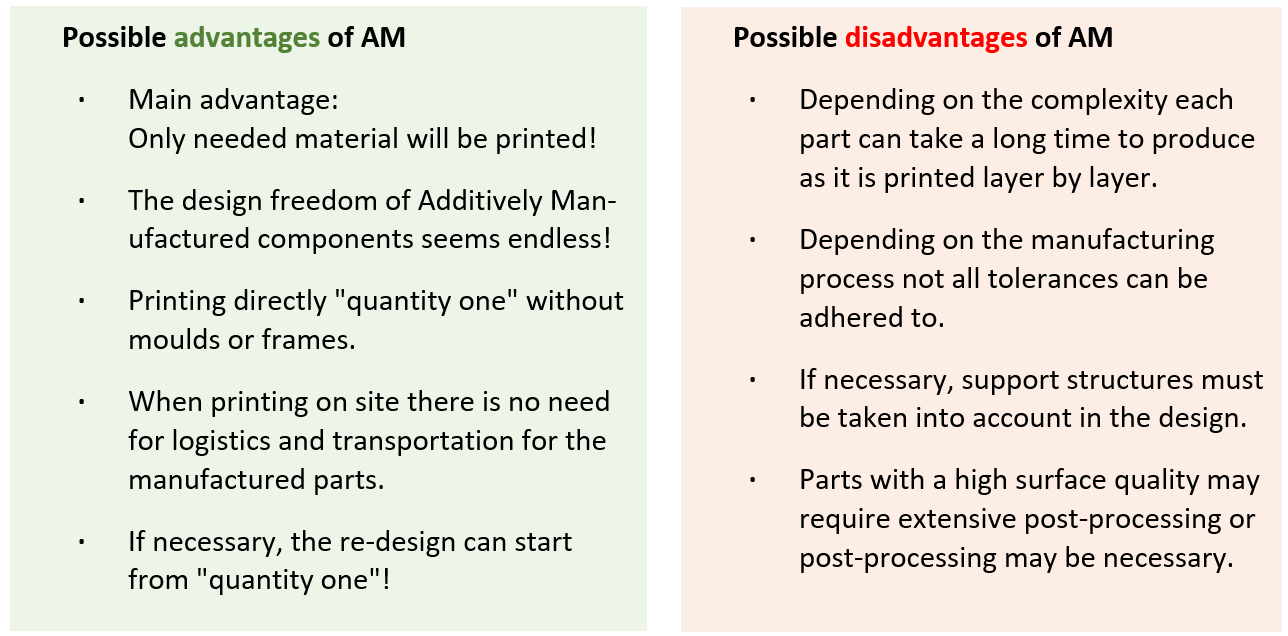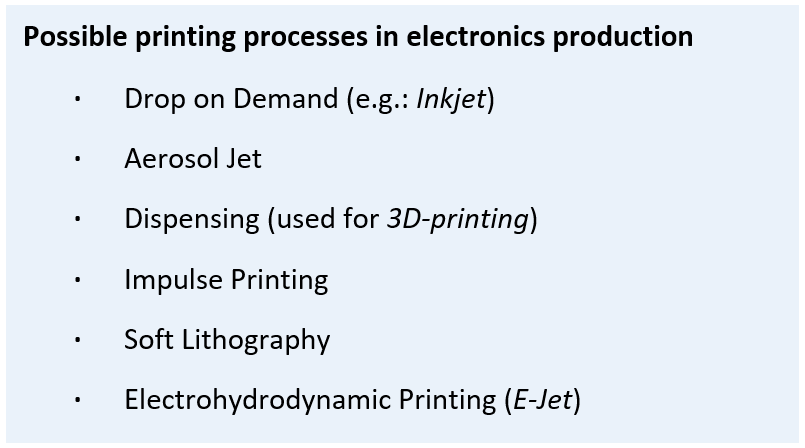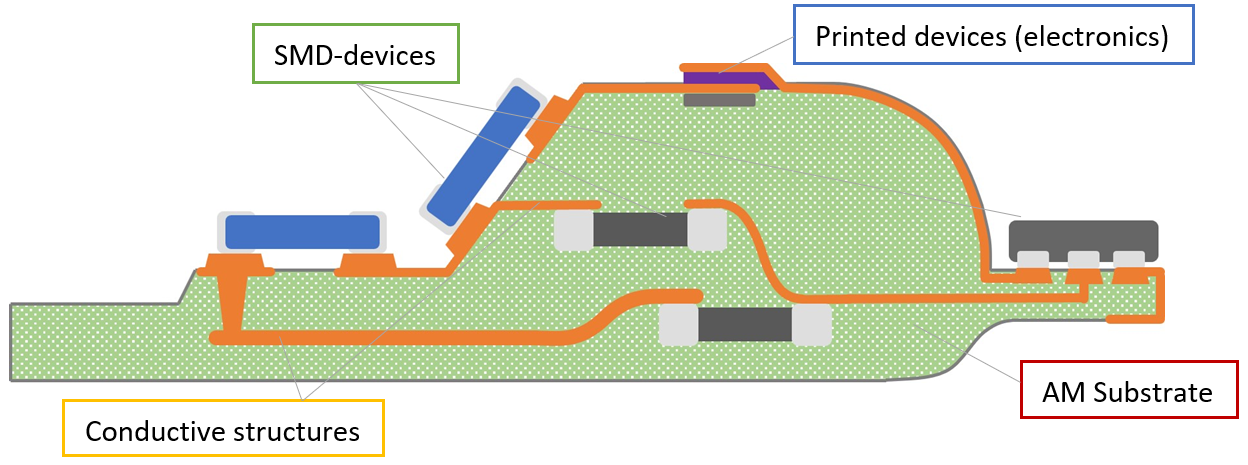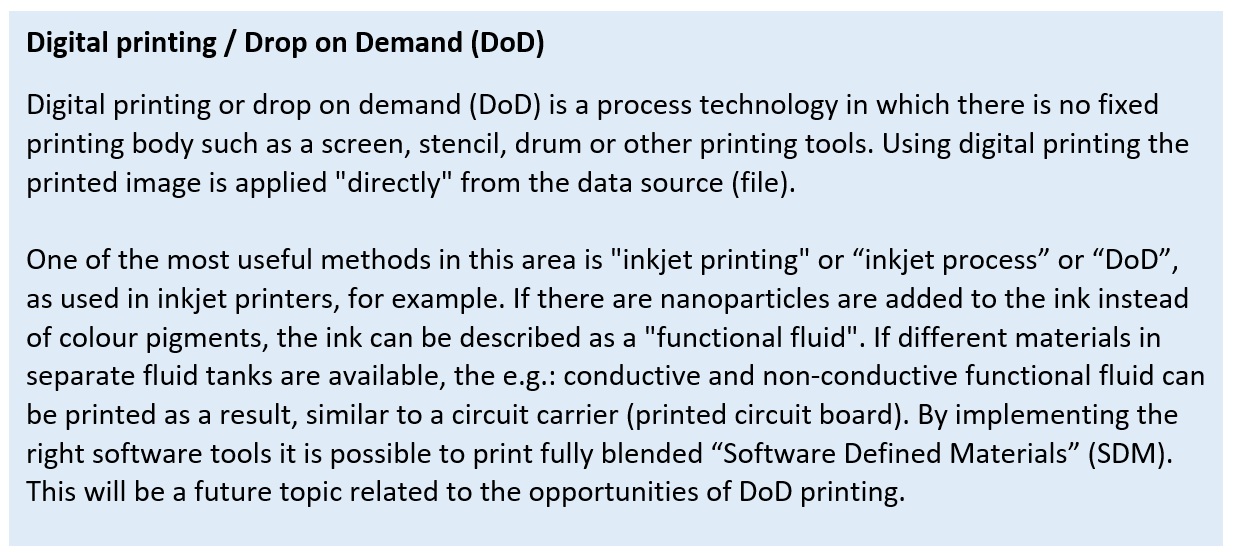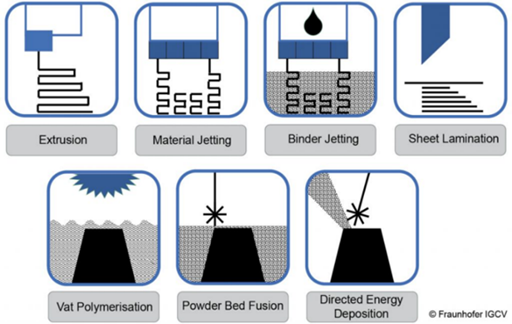FED White Paper Edition 2024 - PART 1 - Introduction To 3D Electronics
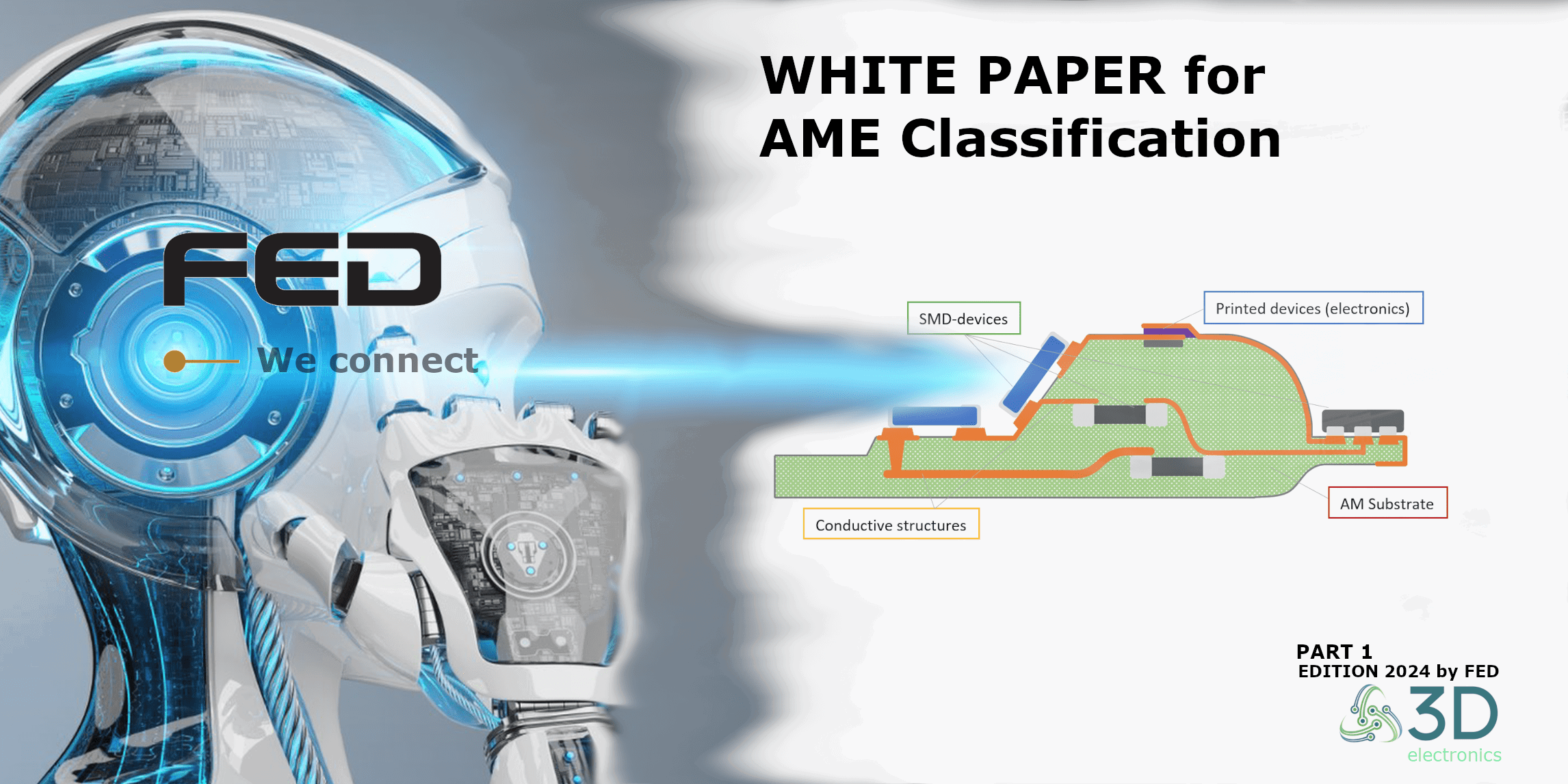
The White Paper discusses the integration of AM into electronic manufacturing while underlining that these emerging approaches align well with other Industry 4.0 technologies such as 3D printing, digital twins, and virtual manufacturing. It focuses on the capability of AM to realize complex multi-material electronics components, covering opportunities and limitations of current design tools and data formats. The FED's 3D Electronics Working Group can enable the categorization of AM processes and provide a starting point for the development of an AM roadmap for electronics manufacturing. Certain AM techniques, such as inkjet printing, are reviewed in the white paper, along with some of the functionalizing material challenges.
Additive Manufacturing Methods in Electronic Production, Challenges and Opportunities
Additive Manufacturing, 3D printing, Industry 4.0, digital twins and virtual manufacturing are hot topics throughout the manufacturing industry. The possibility of using Additive Manufacturing (AM) to create complex components or partial functions is inspiring people all over the world. AM is widely used in mechanical engineering, automotive engineering, aerospace and medical technology.
There are also initial areas of “classic” electronics and applications, suitable using AM for mass production and promising processes supporting electronics manufacturing. Substrates for electronics are usually "multi-material systems", consisting of conductive and non-conductive materials. Today, various printing methods and printers are on the market available. For the new design paradigms, however, the eCAD design tools and data formats still need to be developed considerably further.
Various printing processes are known that are already in commercial use. Some of the processes listed are still in the early stages of development. The different processes each have specific areas of application that are not covered in detail in this document.
The “3D Electronics Working Group” of the Fachverband Elektronikdesign und -fertigung e.V. (FED) has looked in deep at the AM processes and made an initial classification into five groups. This structure helps for a future development of an "AM Roadmap: Electronics Manufacturing" for applications, processes and manufacturing methods, a consistent toolchain and data formats for Industry 4.0.
Available Manufacturing Processes
Comprehensive 3D Electronics offer the following features for which manufacturing processes are already available today:
- Many examples of multidimensional solutions, e.g.: known from 3D MID Technology, can only be described as 2.5D.
- Some technologies, such as sheet molding, are planar and only then brought into a mold.
- Printing or embedding electronic components is only possible with an additive process such as 3D printing is used.
- Components must be mountable in any 3D position (azimuth) within the substrate or on the surface.
- Conductive structures (traces) must be able to be routed through the whole and available substrate at any angle.
- Twisted or shielded conductive structures
- (traces), e.g.: coaxial structures.
3D-Electronics
Free-formed components can be combined with functional layers and with SMD components or dies at any angle or azimuth within substrate or on the surface. Conductive structures are possible on the surface or within the substrates at any angle and shape.
Principle drawing of a three-dimensional circuit carrier (AM Substrate)
Digital Printing in Electronics Production
Additive manufacturing principles or manufacturing processes usually use a material that is made printable through upstream processes. A liquid or solid phase is printed (powdered or filaments). On the surface “ink” appears at first glance Liquid. The medium contains solid nanoparticles, which together with the carrier liquid and a reaction partner is applied to a surface using the printing pro-cess (suspension).
Pasty or gel-like materials can be applied in a variety of ways.
A comparison of the various processes that can be used for electronics production is currently be-ing published the inkjet process is the most versatile. High scalability is achieved by using several Printheads must be mounted in parallel. Another advantage in contrast to powder bed processes or 3D printing from a liquid container (SLA) is, that with this process only the Quantities of material are used that are actually printed.
Materials can be applied using a fully or partially additive process. This is with inkjet and Dispensing procedures possible. One advantage is, that the material can be applied to existing surfaces (solid,
flexible or fabric) can be applied. These surfaces are immediately after
Printing process or functionalized in a further operation. The order is an example here of silver ink using the inkjet process. In a later operation, for example: B. a component as Bare die or a flexible conductor substrate is sintered on.
An important prerequisite for commercial use is, that the various functional fluids are specifically activated or cured after application. This usually takes place under the influence of radiation of different wavelengths tailored to the reaction partner. The radiation sources can be IR, UV, laser, radar and microwaves or thermal radiation.
The fluids can be adapted and optimized to the target applications or processing with a variety of formulations. It is important that the fluid and the print head are matched to each other. The field of application for "functionalized fluids" is extensive. According to a 2018 forecast (Yole Development), growth rates for industrial inkjet-applications are expected to exceed 13% per year.
Procedures According to ISO ASTM 52900
The basic procedures used for AM are described in ISO/ASTM 52900:2015, which were developed by the technical committees ISO TC261 and ISO TC438.
- Extrusion
- Material Jetting
- Binder Jetting
- Sheet lamination
- Vat Polymerisation
- Powder Bed Fusion
- Directed Energy Deposition
The Additive Manufacturing terms defined in the international standard ISO/ASTM 52900
Build up physical 3D geometries by successively adding material.
(Source: Fraunhofer IGCV)
AME Classification Overview
With reference to the newly released 2024 AME Classification White Paper, titled "Classification of Additive Manufacturing and 3D-Printing Processes for Electronics," the FED Working Group for 3D Electronics introduces five distinct classes/types of processes for 3D-printed electronics.
Related Articles

FED Talks: Online Webinar To Agile Electronics

Additive Manufacturing Of Interposers With Curved Vias For Microelectronics Packaging



